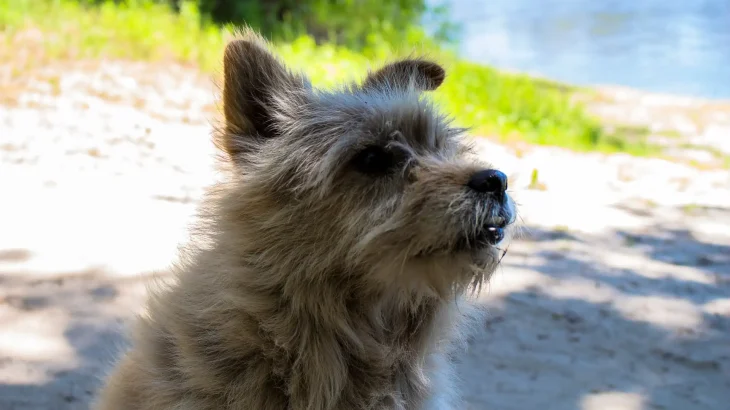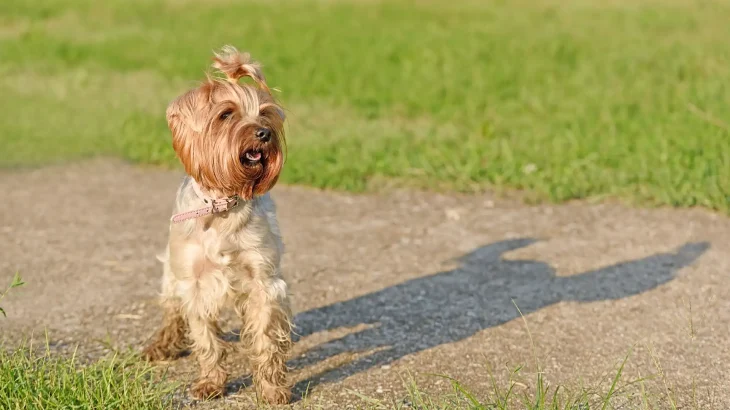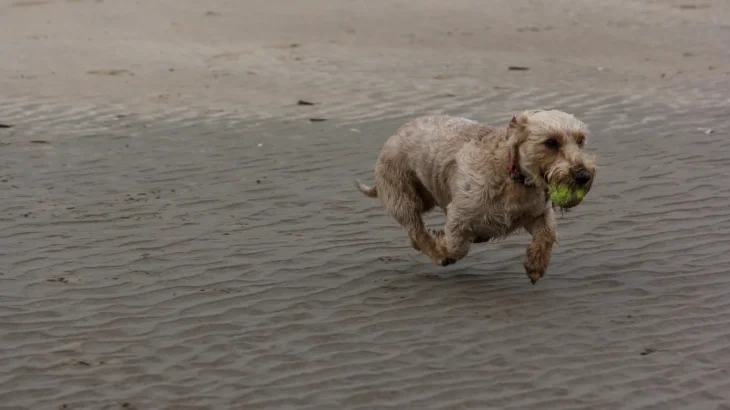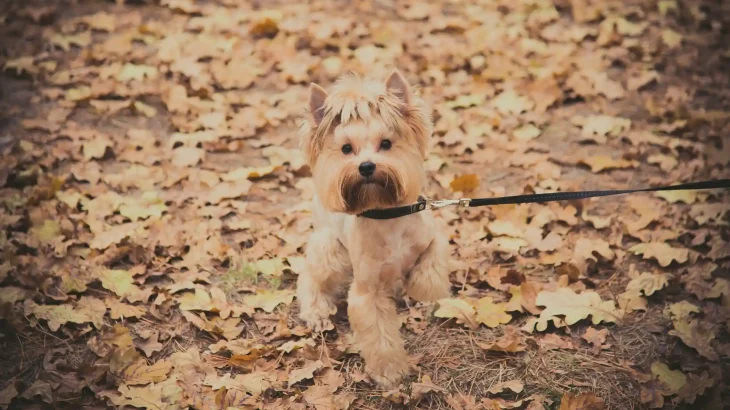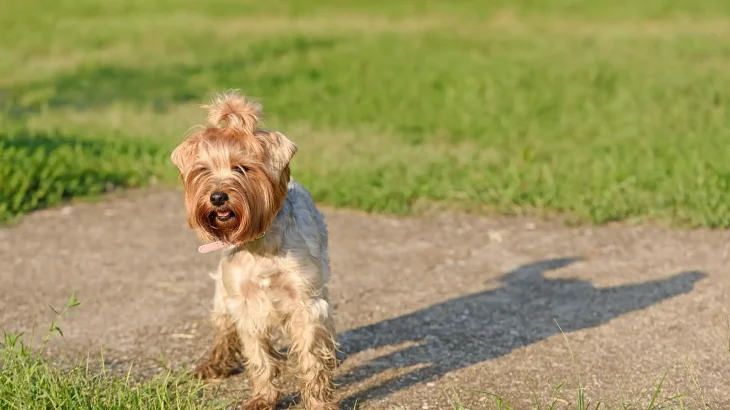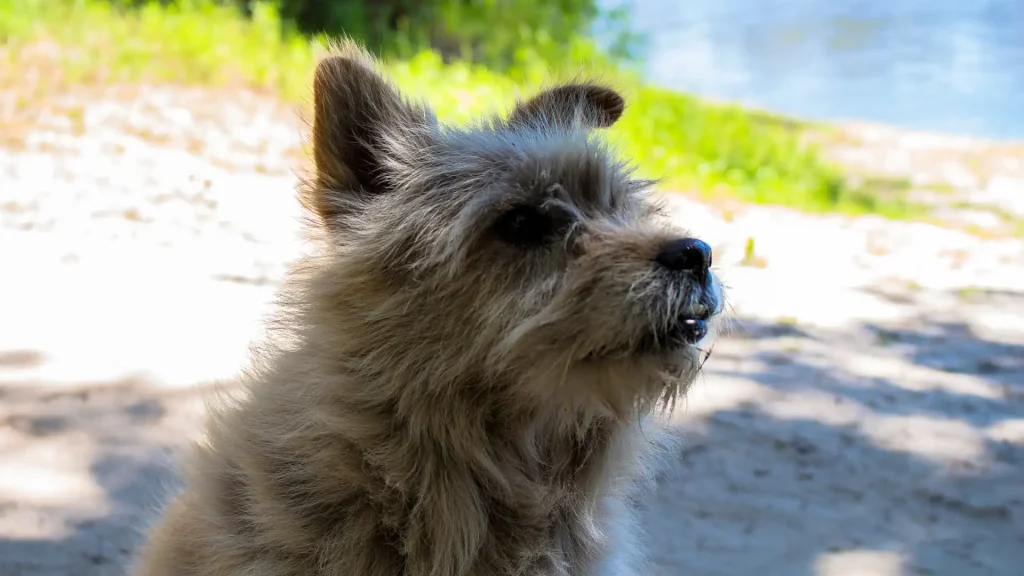Deciding whether to adopt or buy a Griffon Nivernais puppy depends largely on your priorities related to cost, health transparency, and ethical considerations. While purchasing from a breeder may offer clearer insight into the puppy's health and pedigree, adopting can be a more affordable option that also supports animal welfare. Each choice comes with its unique advantages suited for different prospective owners.
Adoption vs. Breeder: Pros & Cons
| Criteria | Buying from Breeder | Adopting from Shelter/Rescue |
|---|---|---|
| Cost | Typically higher ($600-$800), with prices rising for show-quality pups. | Generally lower fees, making adoption more affordable. |
| Health History | Breeders provide detailed health records and screenings. | Health history may be limited but basic assessments are done. |
| Age Availability | Mostly puppies, letting you raise your dog from early stages. | Variety of ages including adults, offering immediate companionship. |
| Ethical Considerations | Supports breed preservation; choose responsible breeders. | Reduces shelter populations and gives a dog a second chance. |
| Breed Purity & Pedigree | Usually includes proof of pedigree and purebred status. | Purity may be uncertain; official papers usually not provided. |
| Return Policy & Support | Breeders often offer after-sale support and returns. | Policies vary; support depends on shelter or rescue. |

